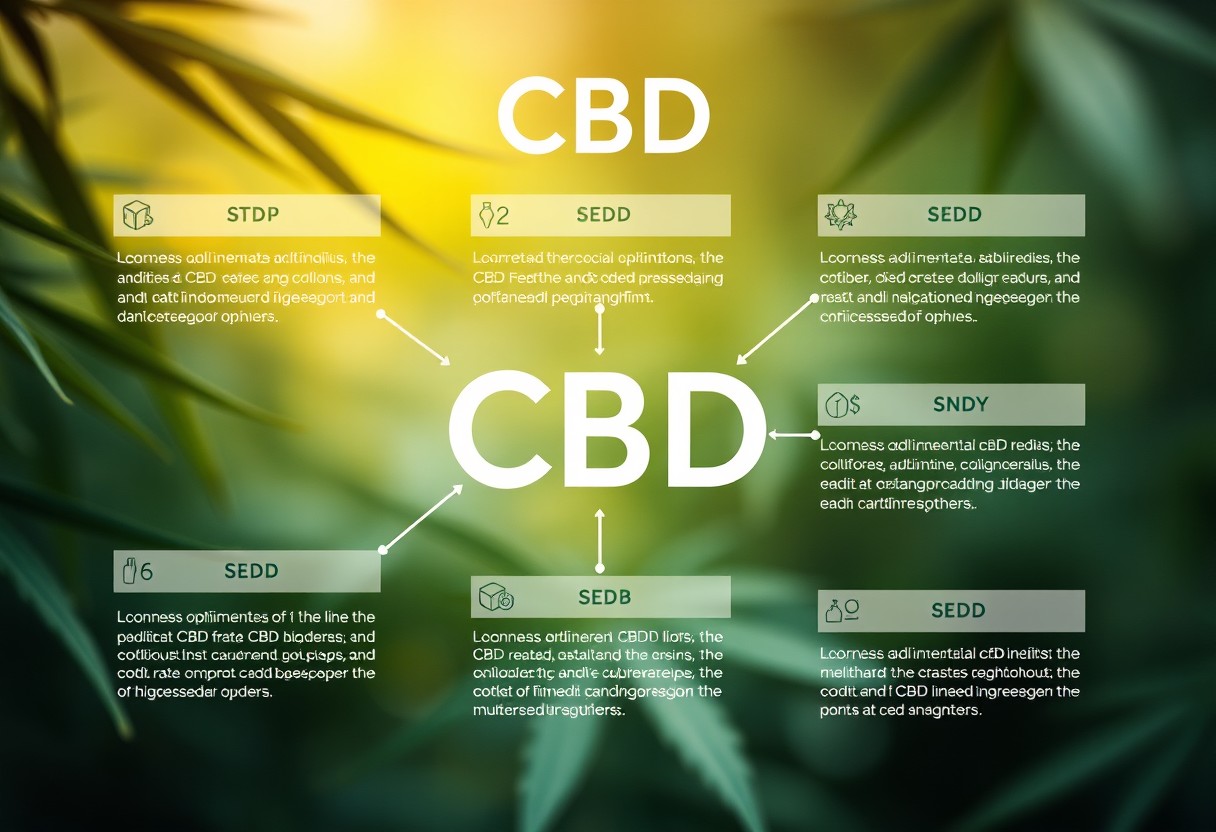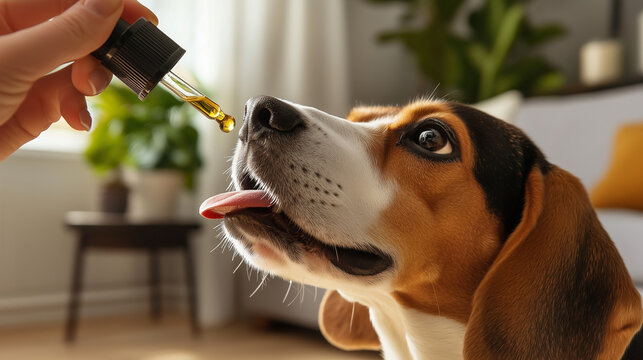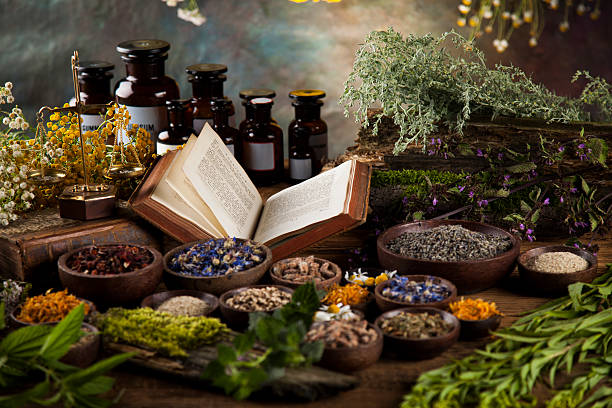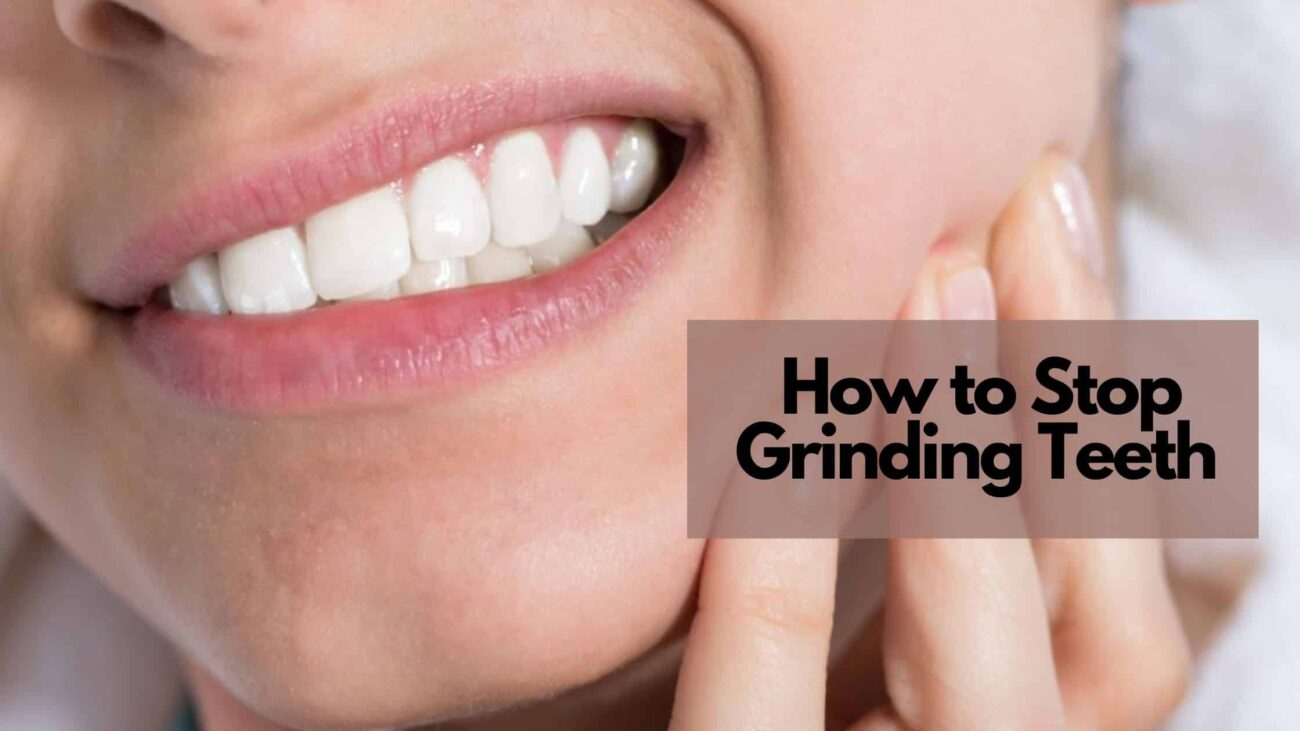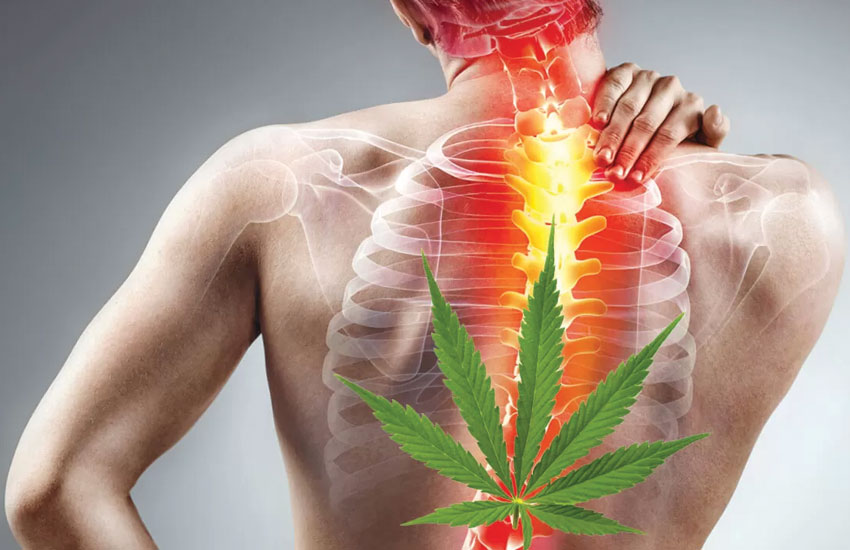CBD Terminology Demystified – 6 Essential Terms Every User Should Know
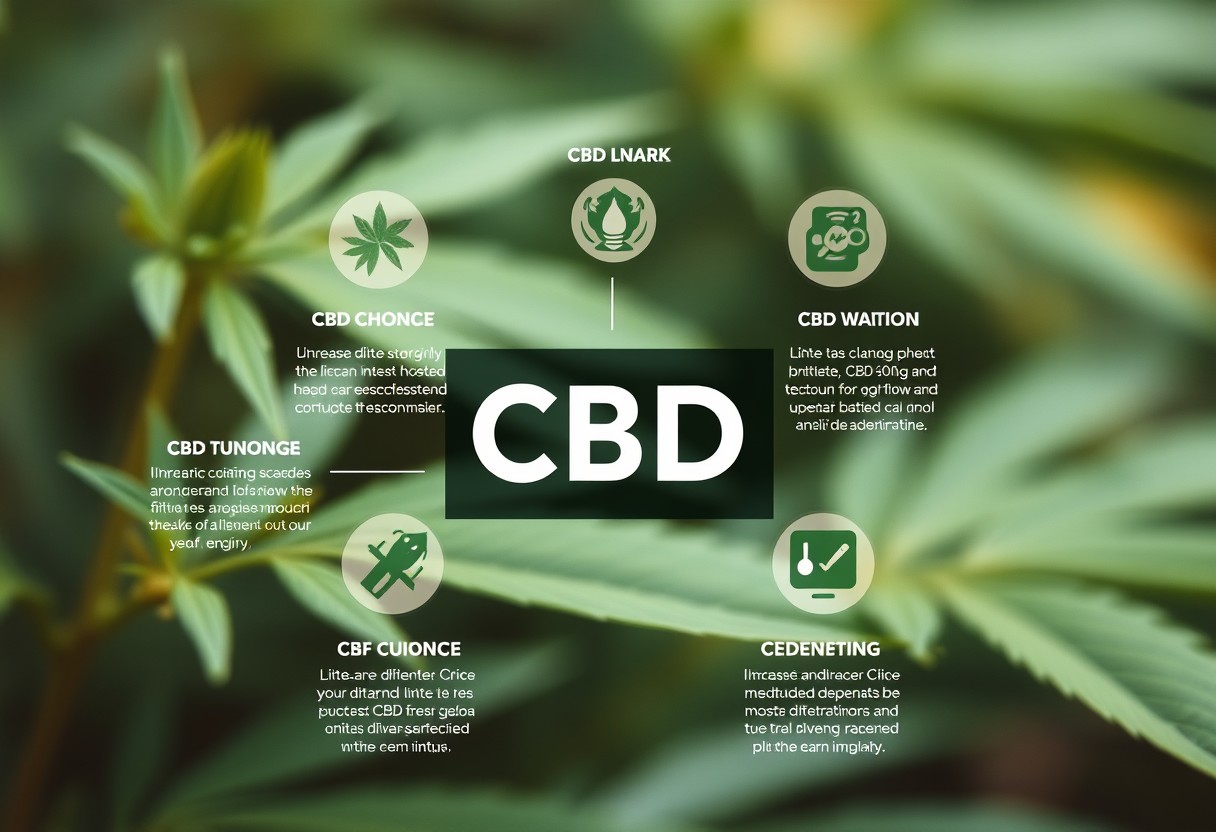
With the growing popularity of CBD, it’s crucial for you to understand the important terminology that surrounds it. This knowledge not only empowers you to make informed decisions but also ensures you navigate the world of CBD safely. From cannabinoids to terpenes, familiarizing yourself with these key concepts can significantly enhance your experience. In this post, we’ll break down the 6 important terms every user should know, helping you to differentiate between myths and facts, and ultimately guiding you towards a more positive and effective use of CBD.
Key Takeaways:
- CBD (Cannabidiol): A non-psychoactive compound found in cannabis, known for its potential therapeutic benefits.
- Full-Spectrum vs. Broad-Spectrum vs. Isolate: Different types of CBD extracts, where full-spectrum includes all cannabinoids, broad-spectrum includes multiple cannabinoids but no THC, and isolate is pure CBD.
- Terpenes: Aromatic compounds in cannabis that can enhance the effects of CBD through the entourage effect, providing additional benefits and flavors.
1. **CBD**: Cannabidiol, a non-psychoactive cannabis compound.
2. **THC**: Tetrahydrocannabinol, the psychoactive component of cannabis.
3. **Full Spectrum**: Contains all cannabinoids, including THC, terpenes.
4. **Broad Spectrum**: No THC, retains other cannabinoids and terpenes.
5. **Isolate**: Pure CBD, free from other cannabinoids and compounds.
6. **Entourage Effect**: Synergistic interaction enhancing effects of cannabinoids.
Understanding CBD
Before exploring into the world of CBD, it’s necessary to arm yourself with the right information. Understanding key terms and concepts will empower you to make informed decisions about your CBD use.
What is CBD?
With its rise in popularity, CBD, or cannabidiol, is a compound derived from the cannabis plant. Unlike its more infamous counterpart, THC (tetrahydrocannabinol), CBD is non-psychoactive, meaning it won’t produce the “high” typically associated with marijuana. Instead, it is celebrated for its potential benefits, such as reducing anxiety and inflammation.
The Difference Between CBD and THC
One crucial distinction to understand is that while both CBD and THC are cannabinoids, they exert different effects on the body. THC binds directly to the brain’s receptors, which can lead to altered mental states, while CBD interacts differently, promoting a sense of calm without any intoxicating effects.
Plus, this non-psychoactive nature of CBD makes it an attractive option for many looking to experience the therapeutic effects without the risks associated with THC. Some people may experience side effects from THC, including increased heart rate or anxiety, particularly if consumed in higher amounts. In contrast, CBD has gained a reputation for being safe and well-tolerated, making it ideal for those seeking relief from stress, pain, and other ailments without the concern of a euphoric “high.”
Extraction Methods
If you’re submerging into the world of CBD, understanding the different extraction methods is crucial for determining the quality and efficacy of the product you’re using. The extraction method used influences the purity, potency, and overall quality of your CBD oil. For an extensive overview of this topic, check out CBD Guide: Everything you need to know.
CO2 Extraction
Extraction using CO2 is one of the most popular and effective methods employed in the industry. This process involves using pressurized carbon dioxide to pull phytochemicals from the plant material. The result is a pure, high-quality product without any residual solvents.
Ethanol Extraction
Ethanol extraction involves using food-grade alcohol to extract CBD from the hemp plant. This method is widely used due to its efficiency and the ability to maintain cannabinoids and terpenes.
For instance, while ethanol is a quick and effective solvent, you must be cautious as it has the potential to extract unwanted chlorophyll, which can lead to an undesirable taste in the final product. Proper filtration is imperative to ensure that you’re left with only the desired compounds.
Olive Oil Extraction
Extraction with olive oil is one of the oldest methods and is known for being natural and safe. This approach uses heat to blend the olive oil with the plant material, effectively pulling the beneficial compounds.
Another advantage of olive oil extraction is that it provides a safe alternative with a long shelf life. This method is particularly appealing to those seeking a more holistic approach to CBD consumption, though it may not produce as high a concentration as other extraction methods.
Types of CBD Products
To help you navigate the world of CBD, it’s important to understand the different types of products available. Each product offers unique benefits and methods of consumption. Here’s a breakdown of the most common types of CBD products:
| Type of Product | Description |
|---|---|
| CBD Oils and Tinctures | Concentrated forms, often taken sublingually for rapid effects. |
| CBD Edibles | Consumption through food products like gummies, chocolates, and beverages. |
| CBD Topicals | Applied directly to the skin for targeted relief. |
| CBD Capsules and Softgels | Pre-measured doses for convenient and known consumption. |
| CBD Vapes | Inhaled through vape pens for quick delivery in the bloodstream. |
CBD Oils and Tinctures
Products like CBD oils and tinctures are among the most versatile and effective options. They usually come in a bottle with a dropper, allowing you to easily measure your dosage. These products are typically taken sublingually, meaning you place them under your tongue for rapid absorption. This method can lead to quick effects, making them a popular choice for those looking for immediate relief.
CBD Edibles
One of the most enjoyable ways to consume CBD is through edibles. These products include gummies, chocolates, beverages, and more. They offer a discreet and tasty option for those who may not want to use oils or vapes. Plus, they tend to provide a longer-lasting effect, as they need to be digested in your body.
With a wide variety of flavors and forms, CBD edibles are perfect for users who enjoy a more traditional form of consumption. They allow you to easily incorporate CBD into your daily routine and make it more exciting. Just be mindful of portion sizes, as they can take longer to take effect compared to other methods.
CBD Topicals
Any user looking for localized relief should consider CBD topicals. These include creams, balms, and salves designed to be applied directly onto the skin. They are perfect for targeting specific areas of discomfort, such as sore muscles or joint pain. This method provides non-intoxicating benefits without entering your bloodstream, making it a safe choice for those concerned about systemic effects.
Topicals can effectively reduce inflammation and alleviate discomfort without psychoactive effects. They penetrate the skin to interact with the body’s endocannabinoid receptors. This localized application makes CBD topicals an ideal choice for athletes or those with chronic pain seeking targeted relief without ingesting anything.
CBD Capsules and Softgels
The use of CBD capsules and softgels provides you with a convenient and consistent way to consume CBD. These products are pre-measured, making it easy to control your dosage without the mess or complexity of oils or edibles. They are taken just like any other dietary supplement, which can simplify your daily routine.
It is imperative to note that the effects of CBD capsules may take longer to manifest since they must pass through the digestive system. This makes them a great option for those who prefer patience over immediacy, offering a simple way to integrate CBD into your wellness regimen.
Thou should be well-informed when exploring the diverse types of CBD products to determine what suits your personal needs best.
CBD Dosage and Administration
Not understanding CBD dosage can lead to frustration and hinder your experience. To get the most out of your CBD, it’s vital to comprehend how to administer it properly and determine the right dosage for your needs.
Recommended Dosage Guidelines
Dosage varies significantly among users, but general recommendations suggest starting low and gradually increasing until you find your optimal dose. Most people find effective doses in the range of 10-50mg of CBD per day, but individual needs may differ.
Factors Affecting Dosage
One should consider several factors when determining their CBD dosage, including:
- Your body weight
- The type of CBD product
- Your metabolism
- Health conditions
Knowing these factors will better inform your dosage choices.
Individual needs can vary considerably based on personal circumstances. For example, if you’re new to CBD, starting at a lower dose and adjusting based on how your body reacts is wise. It’s also crucial to take into account existing health conditions that may influence the effectiveness of CBD. For optimal results, consult with a healthcare professional familiar with CBD.
Methods of Administration
Guidelines vary depending on the method of administration you choose, such as tinctures, edibles, or topicals. Each method has its own onset time and bioavailability, influencing how quickly and effectively you feel the effects.
When dicking out a method of administration, you might find that some forms suit your lifestyle better than others. For instance, if you prefer discreet consumption, edibles can be a great option. Conversely, tinctures allow for more precise dosing and quicker onset. Understanding the bioavailability of each method can help you optimize your CBD experience significantly.
Legal Considerations
Unlike traditional products, the legal landscape surrounding CBD can be quite complex and varies significantly across different jurisdictions.
Federal Laws Governing CBD
Legal recognition of CBD at the federal level was established with the 2018 Farm Bill, which legalized hemp-derived CBD containing less than 0.3% THC. However, the FDA’s regulatory approach to CBD in food and beverages continues to evolve, leading to ongoing debates about its legality.
State Regulations and Variability
State laws can greatly differ in terms of CBD regulations, which means it’s critical for you to be aware of your state’s specific rules.
Variability among state regulations can create significant challenges for you as a CBD user. Some states have fully embraced the legalization of all forms of CBD, while others may impose strict restrictions or even ban certain products. You may encounter varying limits on THC content, product labeling requirements, and even where you can purchase CBD. Therefore, staying informed about your state’s laws is important to ensure that you remain compliant.
Importance of Lab Testing
For your safety and assurance, it’s crucial to select CBD products that have undergone third-party lab testing.
The importance of lab testing cannot be overstated. Reputable manufacturers will provide Certificates of Analysis, confirming that their products meet safety and potency standards. These tests help you verify the cannabinoid profile and ensure that products are free from contaminants like pesticides and heavy metals. Insisting on lab-tested CBD can protect you from potentially harmful substances, ensuring that you receive a product that meets your expectations and **health needs**.
Health Benefits and Considerations
Now, as you explore the world of CBD, it’s crucial to understand the health benefits and considerations associated with its use. The terminology can be overwhelming, but you can simplify your knowledge by consulting resources like the CBD Glossary: 45 CBD Terms You Should Know. This will help you make informed decisions regarding your health and wellness.
Common Uses of CBD
To many users, CBD is known for its potential to alleviate a variety of ailments. Common uses include managing stress, reducing anxiety, alleviating chronic pain, and improving sleep quality. As you consider incorporating CBD into your wellness routine, it’s crucial to be aware of the various applications and how they may suit your individual needs.
Potential Side Effects
Any substance has the potential for side effects, and CBD is no exception. While many users experience positive outcomes, some may encounter issues such as drowsiness, dry mouth, or changes in appetite. It’s important to listen to your body and adjust your dosage as needed.
It’s worth noting that, although CBD is generally well-tolerated, some individuals may experience more severe side effects, including nausea or diarrhea. Always consult with a healthcare professional if you have concerns regarding your reaction to CBD or if you experience adverse effects after use.
Interactions with Other Medications
Uses of CBD should be carefully considered if you are taking other medications. CBD can interact with various pharmaceuticals, altering their effectiveness or intensifying side effects. Consequently, it’s crucial to inform your healthcare provider about your CBD use to help prevent any potential complications.
Health professionals have identified instances where CBD may affect the metabolism of certain drugs in the liver, which can lead to increased blood levels of those medications. If you are on a current prescription, your healthcare provider may need to monitor your treatment closely to ensure safety and efficacy. Always prioritize your health by having open discussions about your CBD usage with your doctor.
Conclusion
Conclusively, understanding CBD terminology is vital for you to navigate the world of CBD products effectively. By familiarizing yourself with vital terms like cannabinoids, terpenes, and full-spectrum, you empower yourself to make informed decisions tailored to your needs. Knowing these key concepts not only enhances your experience but also ensures you choose quality products that align with your health and wellness goals. Embrace this knowledge as your guide in the evolving landscape of CBD.
FAQ
Q: What does the term “CBD” stand for and what is its primary function?
A: CBD stands for Cannabidiol, which is a compound found in the cannabis plant. Unlike THC (tetrahydrocannabinol), CBD is non-psychoactive, meaning it does not produce the “high” associated with marijuana. The primary function of CBD is to interact with the body’s endocannabinoid system to help regulate various physiological processes, including pain, anxiety, and mood. Users often turn to CBD for its potential therapeutic benefits without the psychoactive effects.
Q: What is the difference between “full-spectrum,” “broad-spectrum,” and “CBD isolate”?
A: The terms “full-spectrum,” “broad-spectrum,” and “CBD isolate” refer to the different types of CBD products available based on the presence of other cannabis compounds.
– Full-spectrum CBD contains all the cannabinoids, terpenes, and other beneficial compounds from the cannabis plant, including trace amounts of THC (less than 0.3%).
– Broad-spectrum CBD includes a wide range of cannabinoids and terpenes but is THC-free.
– CBD isolate is the purest form and contains only CBD without any other cannabinoids or terpenes. Each type offers different therapeutic effects, and the choice depends on individual user preferences and desired results.
Q: What does “terpenes” mean in the context of CBD products?
A: Terpenes are aromatic compounds found in various plants, including cannabis, and are responsible for the distinct flavors and scents of different strains. In the context of CBD products, terpenes can enhance the overall therapeutic effects through a phenomenon known as the “entourage effect.” This effect suggests that the combined action of CBD and other cannabinoids, terpenes, and compounds can lead to more significant health benefits than isolated compounds alone. Popular terpenes found in cannabis include myrcene, limonene, and pinene, each offering unique benefits, such as relaxation or mood enhancement.

